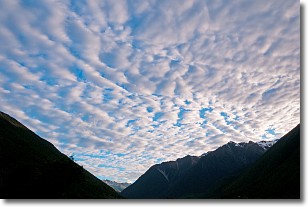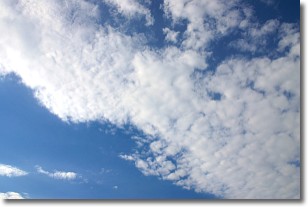Weather Alert in Alaska
Flood Warning issued August 31 at 9:41AM AKDT until September 2 at 10:00AM AKDT by NWS Anchorage AK
AREAS AFFECTED: Western Susitna Valley; Southern Susitna Valley; Central Susitna Valley
DESCRIPTION: * WHAT...Moderate Flooding caused by excessive rainfall continues. * WHERE...the Yentna River and tributaries at and above Lake Creek. * WHEN...Until 1000 AM AKDT Tuesday. * IMPACTS...At 20.5 feet, water begins to inundate several low-lying cabins. At 22.0 feet, more extensive flooding of cabins, resorts, and private property. * ADDITIONAL DETAILS... - At 924 AM AKDT, Between 1 and 2 inches of rain have fallen. The river gauge at Lake Creek and other gauges across the Susitna Valley show considerable rises across area rivers. Additional rainfall amounts of 1 to 2 inches are expected. For Yentna River at Lake Creek: At 9:00am the stage was 22.0 feet and slowly falling. Flood Stage is 20.5 feet. Forecast: The crest was around 23 feet Saturday night. The river levels will continue to slowly fall but will not go below flood stage due to additional rainfall Sunday and Monday. This may equal or exceed the August 2024 crest of 22.4 feet. - Http://www.weather.gov/safety/flood
INSTRUCTION: Stay tuned to further developments by listening to your local radio, television, or NOAA Weather Radio for further information.
Want more detail? Get the Complete 7 Day and Night Detailed Forecast!
Current U.S. National Radar--Current
The Current National Weather Radar is shown below with a UTC Time (subtract 5 hours from UTC to get Eastern Time).

National Weather Forecast--Current
The Current National Weather Forecast and National Weather Map are shown below.

National Weather Forecast for Tomorrow
Tomorrow National Weather Forecast and Tomorrow National Weather Map are show below.

North America Water Vapor (Moisture)
This map shows recent moisture content over North America. Bright and colored areas show high moisture (ie, clouds); brown indicates very little moisture present; black indicates no moisture.

Weather Topic: What are Stratus Clouds?
Home - Education - Cloud Types - Stratus Clouds
 Next Topic: Wall Clouds
Next Topic: Wall Clouds
Stratus clouds are similar to altostratus clouds, but form at a
lower altitude and are identified by their fog-like appearance, lacking the
distinguishing features of most clouds.
Stratus clouds are wider than most clouds, and their base has a smooth, uniform
look which is lighter in color than a nimbostratus cloud.
The presence of a stratus cloud indicates the possibility of minor precipitation,
such as drizzle, but heavier precipitation does not typically arrive in the form
of a stratus cloud.
Next Topic: Wall Clouds
Weather Topic: What are Altocumulus Clouds?
Home - Education - Cloud Types - Altocumulus Clouds
 Next Topic: Altostratus Clouds
Next Topic: Altostratus Clouds
Similar to cirrocumulus clouds, altocumulus clouds are
characterized by cloud patches. They are distinguished by larger cloudlets
than cirrocumulus clouds but are still smaller than stratocumulus clouds.
Altocumulus clouds most commonly form in middle altitudes (between 2 and 5 km)
and may resemble, at times, the shape of a flying saucer.
These uncommon formations, called altocumulus lenticularis, are created by uplift
in the atmosphere and are most often seen in close proximity to mountains.
Next Topic: Altostratus Clouds
Current conditions powered by WeatherAPI.com




